In the interconnected web of our digital landscape, understanding the infrastructure that supports it is invaluable. This deep-dive article is tailored for those navigating the worlds of NFT investing, cryptocurrency trading, digital artists, and blockchain developers. You’re at the intersection of groundbreaking tech, and the nuances between Remote Procedure Calls (RPC) and Application Programming Interfaces (API) can amplify your work. Here’s everything you need to know to make informed decisions and drive your projects forward.
What is an API?
APIs, or Application Programming Interfaces, function as the critical intermediary layer between the software and other digital systems. This could be anything from operating systems, libraries, web services, or databases. Think of an API as a waiter at a restaurant; they take your order (request) and deliver it to the kitchen (server), then bring you the meal (response).
Types of APIs
RESTful APIs
REST (Representational State Transfer) APIs follow a set of architectural principles, much like a blueprint for building a house. They rely on a stateless, client-server protocol where web services are viewed as resources that can be created, modified, or deleted.
SOAP APIs
Simple Object Access Protocol adheres to a strict set of XML messaging patterns in computer networking. It’s a protocol specification for exchanging structured information in the implementation of web services in computer networks historically, and by extension, in decentralized system architectures.
GraphQL
GraphQL is a query language for APIs and a runtime for fulfilling those queries with your existing data. It provides a complete and understandable description of the data in your API, gives clients the power to ask for exactly what they need, and nothing more.
How APIs Work
When a user sends a request from their browser or client application, it triggers an API call. This request is routed to the appropriate server, which processes it and sends back a response, typically in the requested format, such as JSON or XML. RESTful APIs commonly use HTTP requests to ‘get’ or ‘fetch’ data, whereas ‘post’ queries can be used to submit data to be processed.
What is RPC?
Remote Procedure Call is a protocol that one program can use to request a service from a program located on another computer on a network without having to understand the network’s details. It operates similarly to a local procedure call, with the difference that the called procedure is located on a different address space, or on a separate computer connected by a network.
How RPCs Work
For RPCs to function, a client sends a request message to a remote server, and the server sends a response message back. The client’s operating system sends a message to the server’s operating system using the same method as local procedure calls; then, the server sends the results back to the client.
Types of RPCs
Synchronous RPC
Synchronous RPC waits for the remote procedure to return results. This can lead to blocking, where the client waits for a potentially long response from the server, which can impede performance.
Asynchronous RPC
Asynchronous RPC allows the client to continue processing after making the call, without waiting for the server. This non-blocking approach helps with responsiveness and can lead to better performance.
Key Differences Between RPC and API
Semantics of Communication
APIs tend to be more user-centric, with communication often structured according to user action. Each endpoint is a resource that users can access and manipulate. RPC, on the other hand, focuses on operations. A call is made to a specific procedure, which then processes the data and returns the results.
Transport Protocols
APIs today are largely based on HTTP and HTTPS, the building blocks of our internet. RPCs can run on top of various network protocols, including HTTP, but also TCP or UDP, depending on the requirements of the application.
Programming Focus
APIs are designed to be platform-agnostic. They enable interactions between applications built with different programming languages and frameworks. RPCs are often developed within the same system or built with specialized knowledge that may tie them closely to the implementation details of the systems involved.
Advantages and Disadvantages
Understanding the various strengths and limitations of these communication methodologies can help you architect robust systems.
Advantages of APIs
Widespread Compatibility
APIs’ platform-agnostic design makes them compatible with a variety of systems and devices, ensuring a broad reach for your services.
Easier Scalability
With APIs, you can efficiently add more features and maintain your application’s responsiveness as it scales by connecting different backend services and microservices.
Disadvantages of APIs
Overhead
Each API call carries with it the overhead of the HTTP request. For high-traffic applications, this can become a significant performance bottleneck.
Complex Data Organization
When working with multiple APIs to build one application, organizing and managing the data flow can become complex.
Advantages of RPCs
Performance
RPCs can be more performant due to their often single-purpose, directly linked nature. Especially in local network environments, RPCs can execute quickly and efficiently.
Tight System Integration
RPCs often allow for more tight coupling with the system in which they are deployed, leading to potentially more efficiency for certain operations.
Disadvantages of RPCs
Interoperability Challenges
RPC systems might not interface as easily with a diverse range of systems, potentially leading to more rigid application architectures.
Tight System Coupling
While tight system integration can be an advantage for certain tasks, it can also lead to increased complexity and lower flexibility when systems need to be updated.
Understanding the strengths and weaknesses of communication methods like APIs and RPCs is crucial for designing robust systems. APIs offer broad compatibility and easy scalability but can introduce overhead and complex data management. RPCs excel in performance and system integration but face challenges with interoperability and can lead to rigid architectures due to tight coupling. Balancing these factors is key to effective system design.
Choosing Between RPC and API for Your Project
When deciding between RPC and API, consider the project’s requirements for performance, scalability, and compatibility. APIs are excellent for creating loosely coupled systems that can adapt and grow, while RPCs shine in performance-critical situations and deeply integrated environments.
Integrating RPCs and APIs into Modern Software Development
The contemporary tech landscape often necessitates a fusion of RPC (Remote Procedure Call) and API (Application Programming Interface), especially as microservices architectures become more prevalent. This trend underscores the importance of leveraging both to enhance performance, integration, and scalability. By integrating RPC for essential services with APIs for wider accessibility, developers can harness the strengths of each. Furthermore, the growing adoption of managed API gateways to regulate and secure access to services, including RPCs, illustrates a strategic move towards combining flexibility for developers with robust security and governance measures.
Choosing between RPC and API should be strategically aligned with the specific objectives, requirements, and limitations of your project. Like any architectural decision, a comprehensive evaluation of all options ensures the selection of the most suitable approach for your initiative. Therefore, a profound comprehension of both communication strategies and their effective application in software development is crucial.
Conclusion
Both RPC and API are cornerstone technologies in software development, each with its distinct focus and deployment tactics. A deep understanding of their nuances enables technologists across blockchain, NFT, and the wider digital landscape to leverage these tools for designing functional, robust, and agile systems. In today’s environment, which demands the seamless integration of varied services and platforms, the strategic use of both RPCs and APIs is crucial for developing applications that are efficient, scalable, and secure.
The choice between these two communication methods should be informed by the specific needs of the project, yet a comprehensive grasp of their benefits and limitations is vital for informed decision-making. This ensures the selection of the most suitable approach for your project. Whether you’re crafting a novel decentralized application or enhancing an existing one, thoughtful integration of RPC and API is a key factor in achieving success.
Understanding both methodologies and their impact on software development is crucial. With a strategic approach, you can exploit the strengths of RPC and API to develop compelling applications that satisfy contemporary user demands while also guaranteeing efficiency, scalability, and security. Therefore, don’t confine your project to one methodology; instead, embrace the synergies of RPC and API in your development process to amplify your project’s success.
FAQs
Can an API use RPC under the hood?
Yes, an API can use RPC (Remote Procedure Calls) under the hood to handle communication between systems or services. Regardless of the user-facing API design (RESTful, SOAP, GraphQL), the internal workings might involve RPC-style operations to process requests and generate responses.
What makes an RPC different from a RESTful API in terms of user experience?
The primary difference in user experience between an RPC and a RESTful API lies in the perception of resources and the state transfer. RESTful APIs provide a more comprehensive and discoverable set of resources, which are all accessible through standard HTTP methods. RPC, being more function or operation-driven, may involve a more direct approach to calling specific procedures without the concept of state transfer and manipulation.
Why might a developer choose RPC over API for a microservices architecture?
In a microservices architecture, developers may choose RPC over traditional API communication for the increased efficiency and reduced overhead that RPC can offer. Because microservices often run in a highly distributed environment, the lower latency and more direct communication path of RPC can lead to better performance overall for the system.
How do security considerations differ between RPCs and APIs?
Security considerations for RPCs and APIs largely revolve around the transport protocols being used. With APIs, which are often HTTP-based, security measures like SSL/TLS encryption and API keys are common. With RPCs, which might use lower-level protocols like TCP or UDP, security mechanisms typically include setting up a secure tunnel (such as with Virtual Private Networks) and implementing specific authentication and authorization procedures. APIs also enable more fine-grained access control due to their resource-oriented model, which can be a factor in security design.

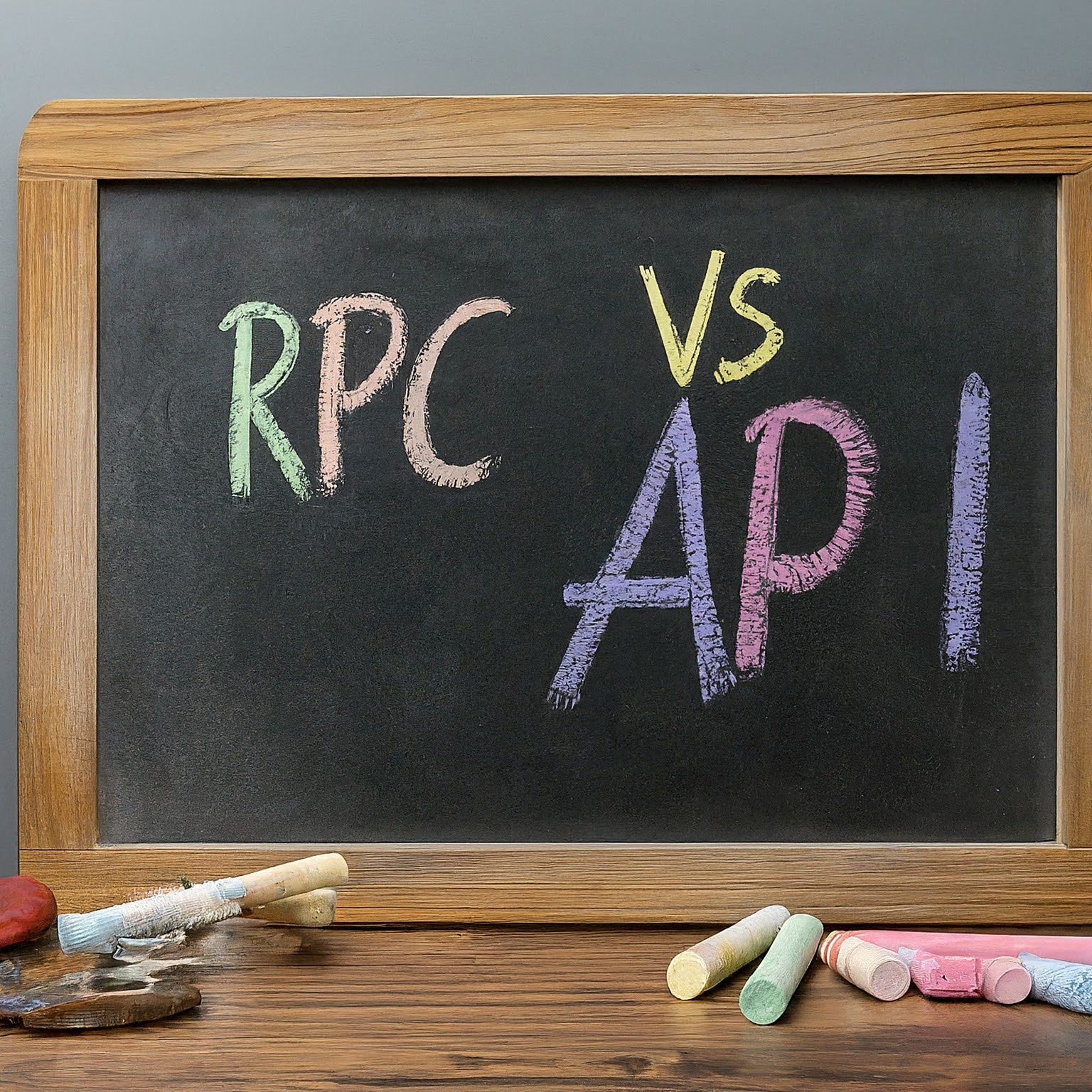
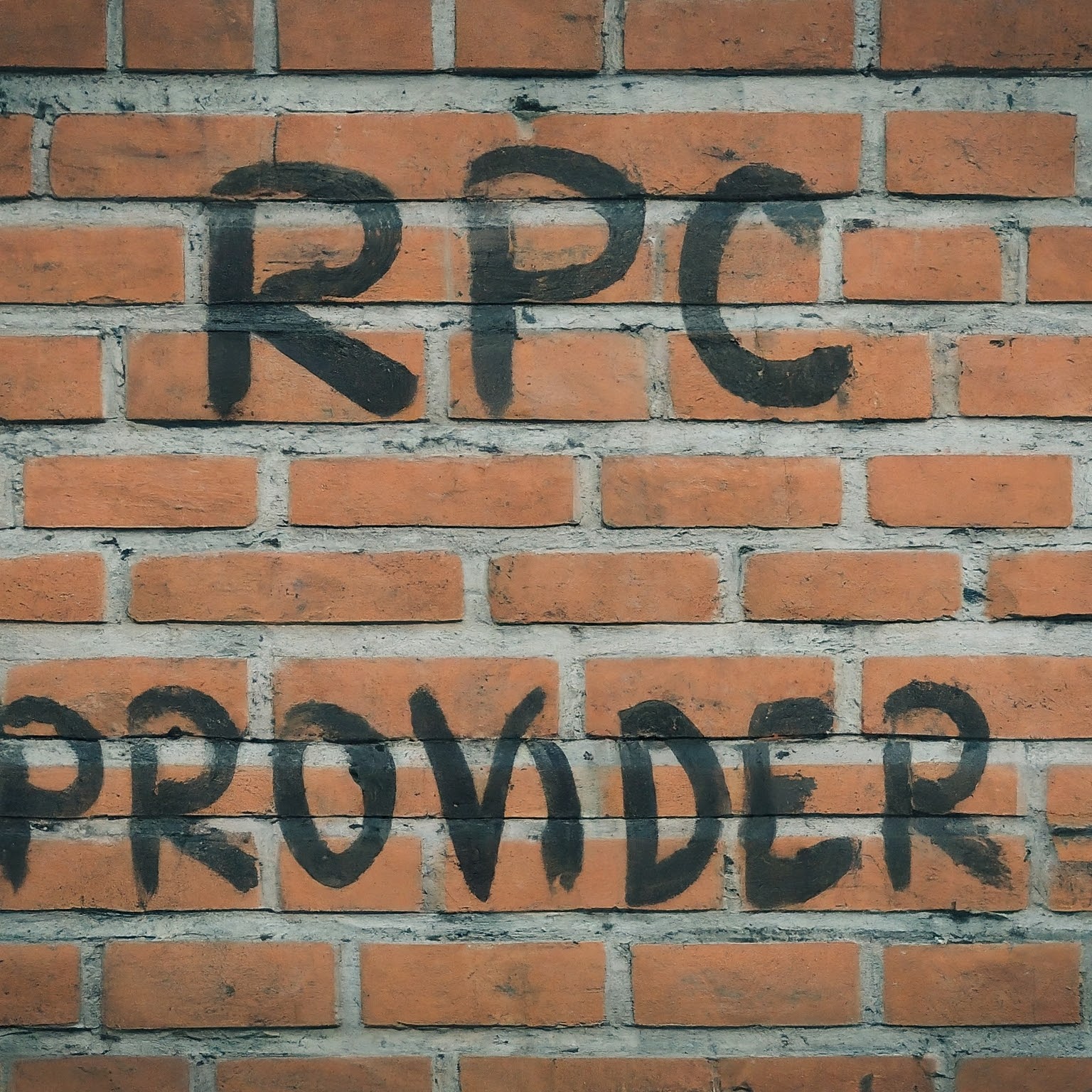
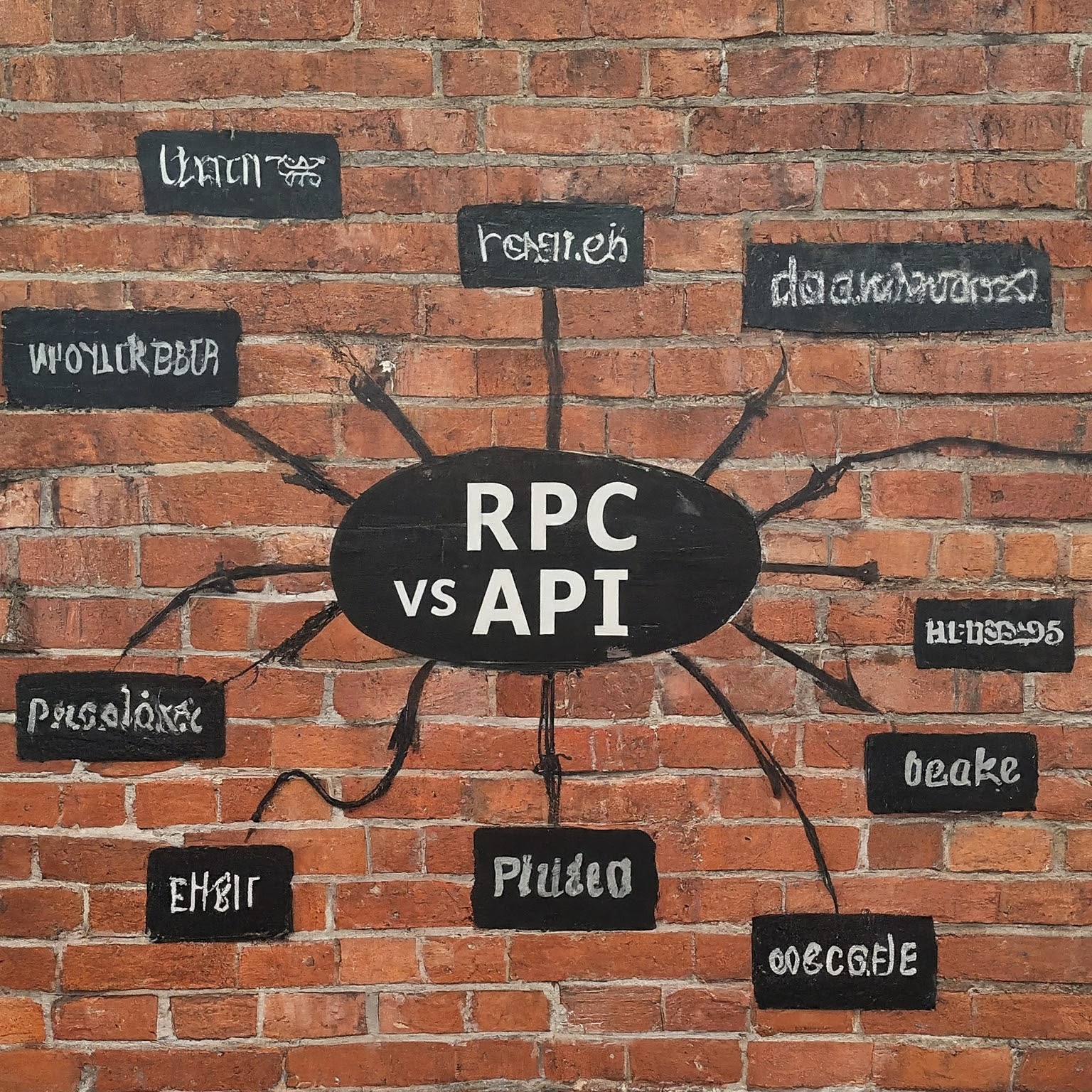
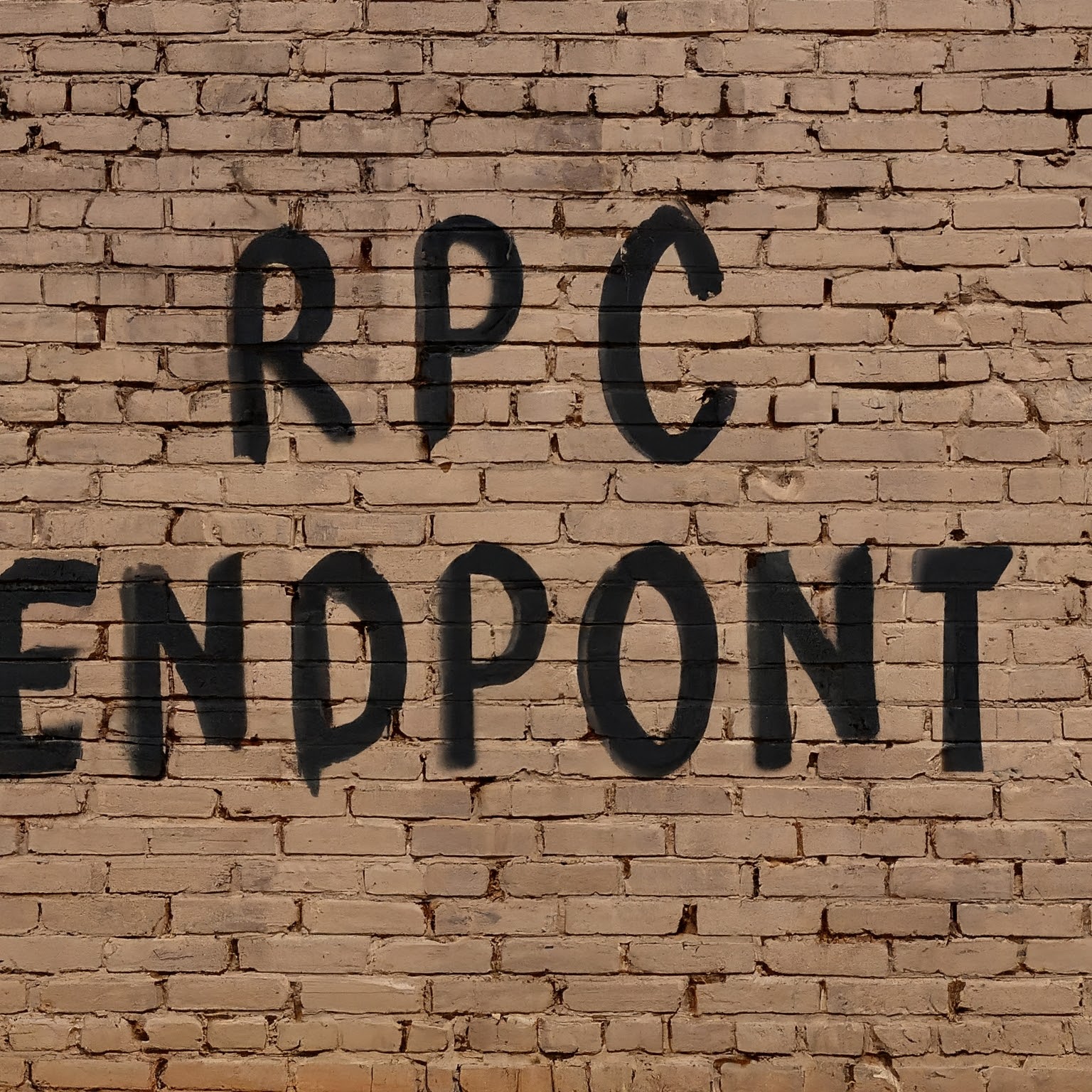


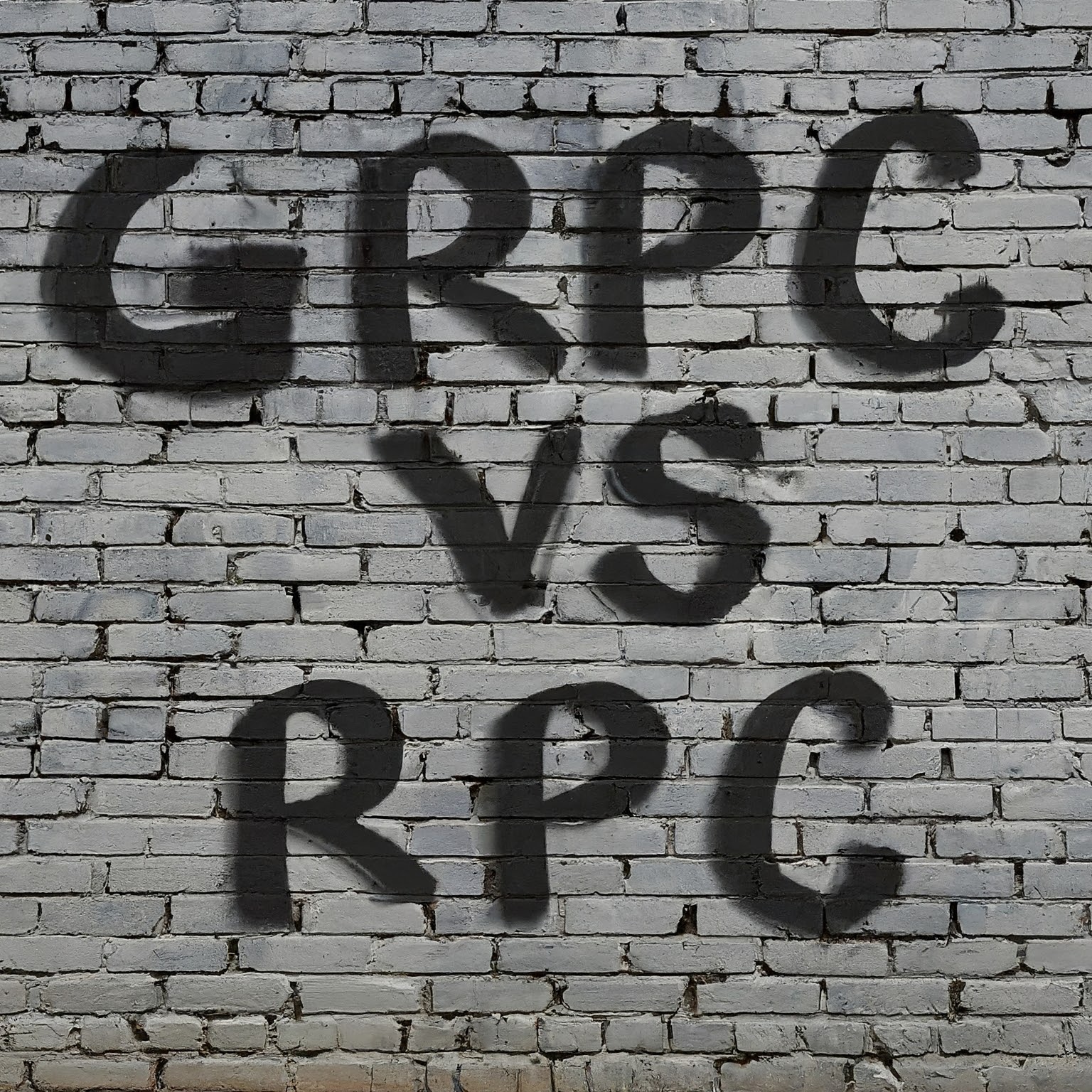
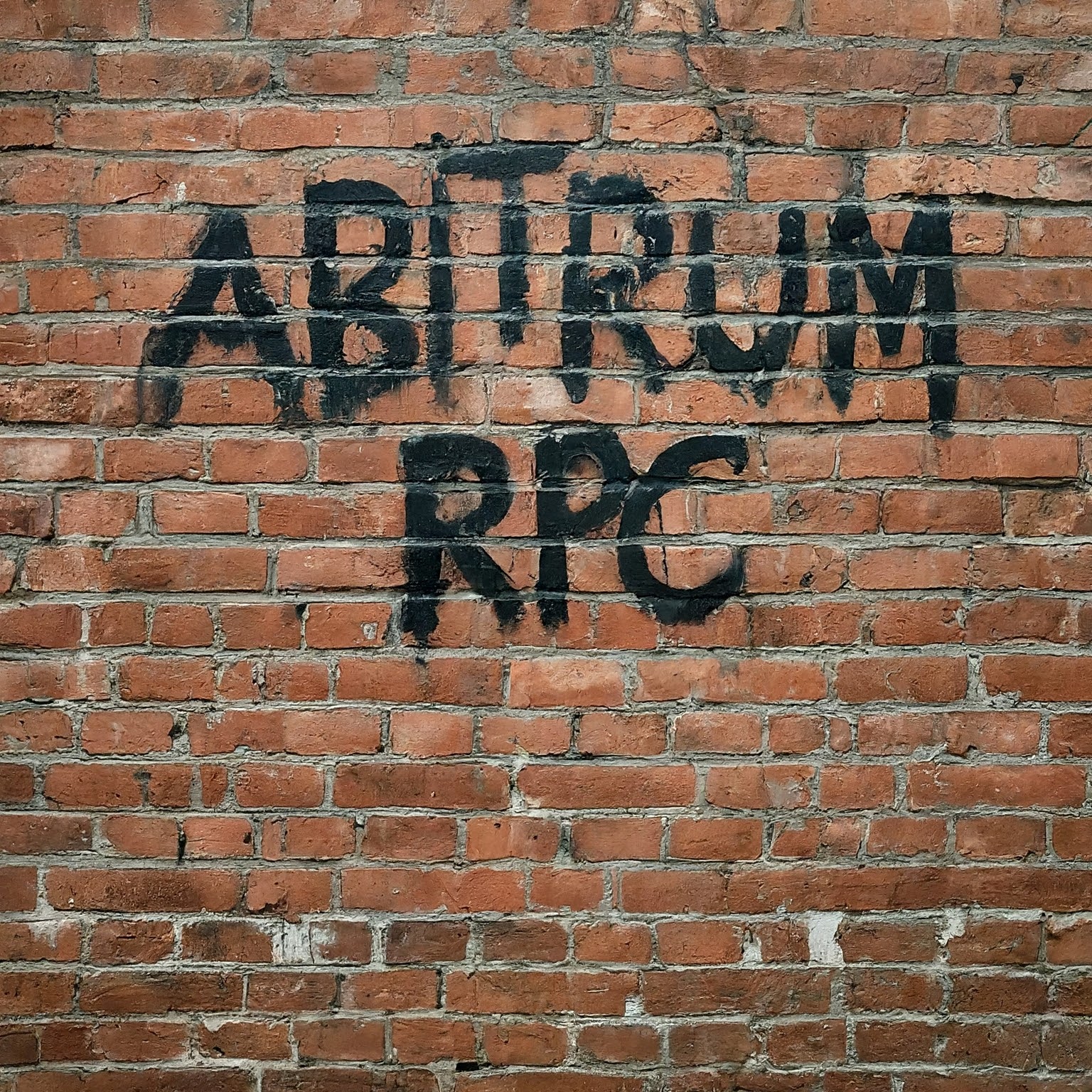

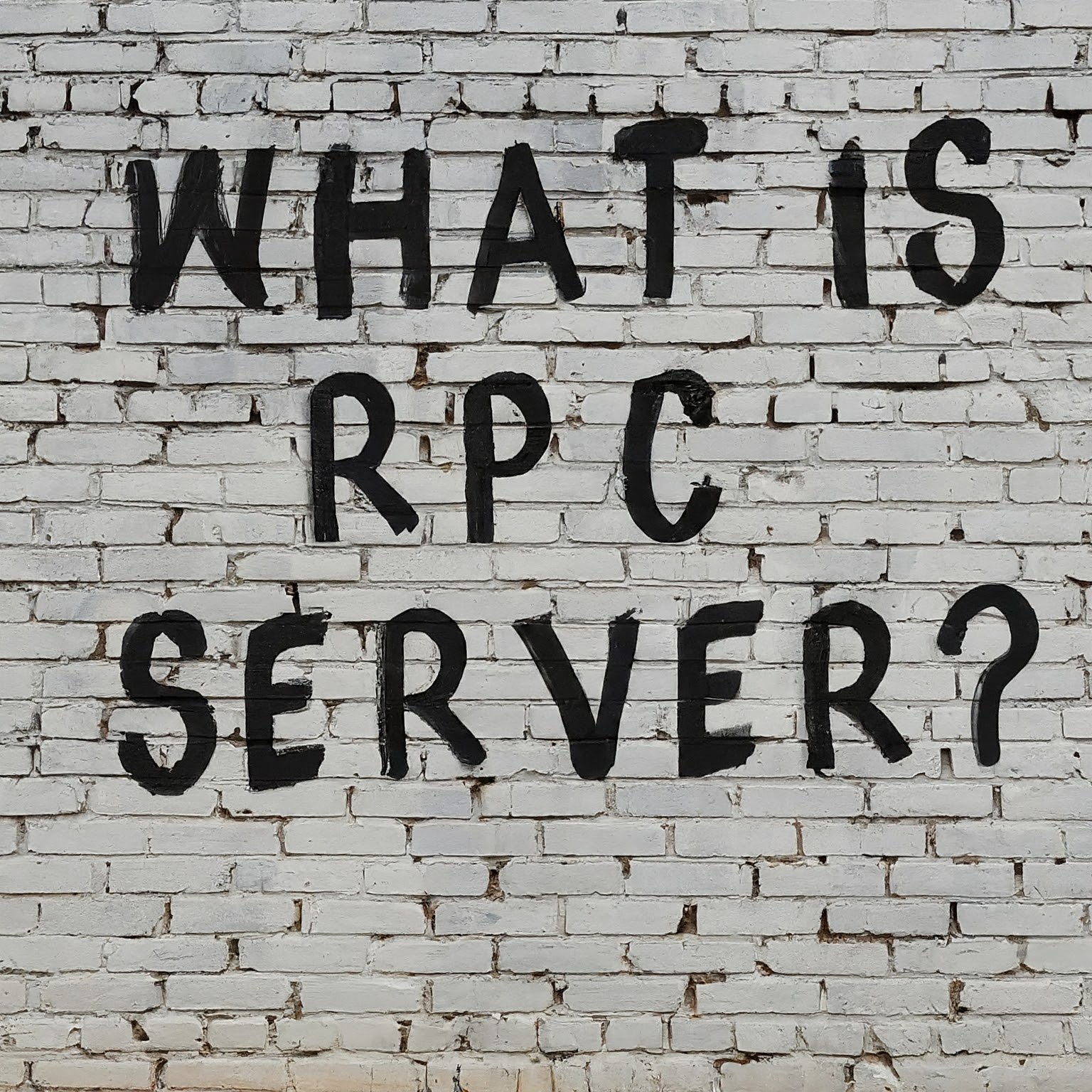

Leave a Reply
You must be logged in to post a comment.